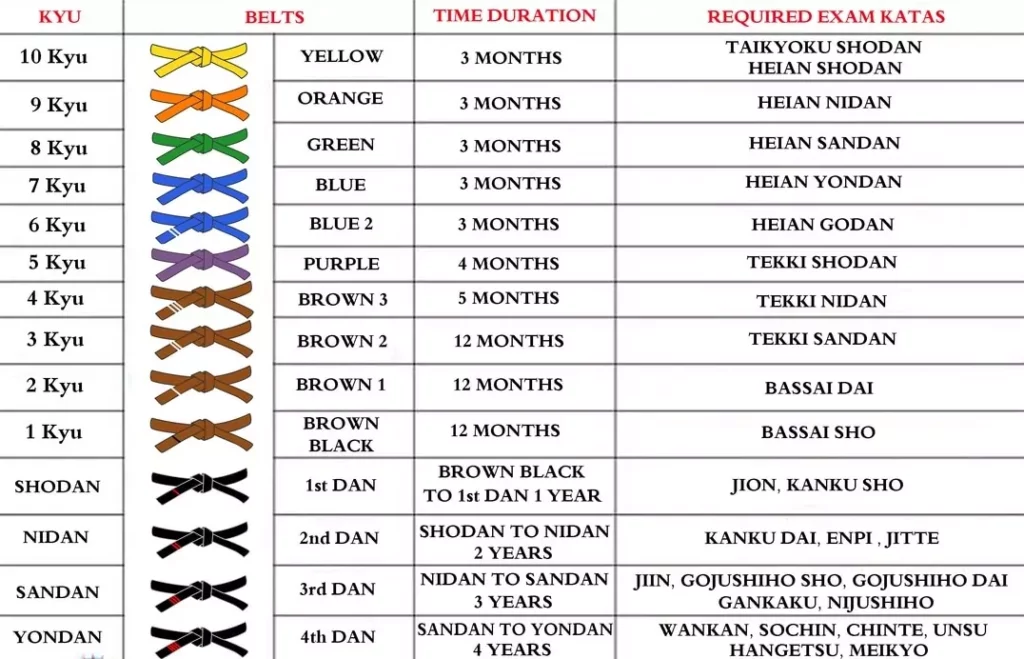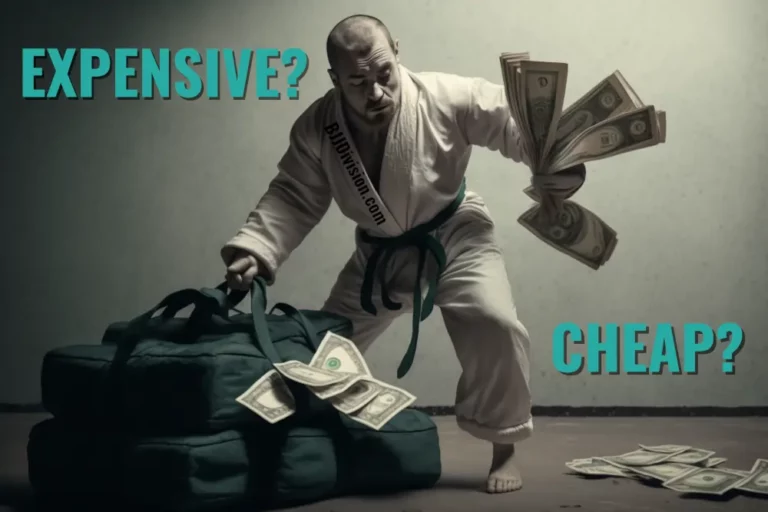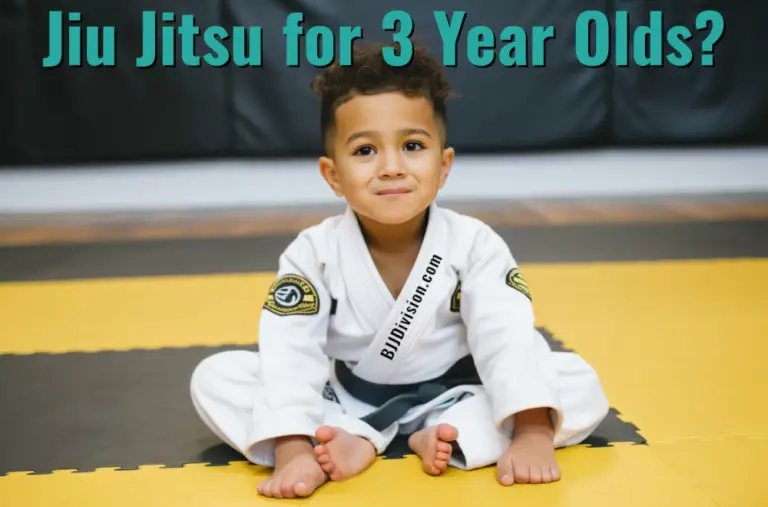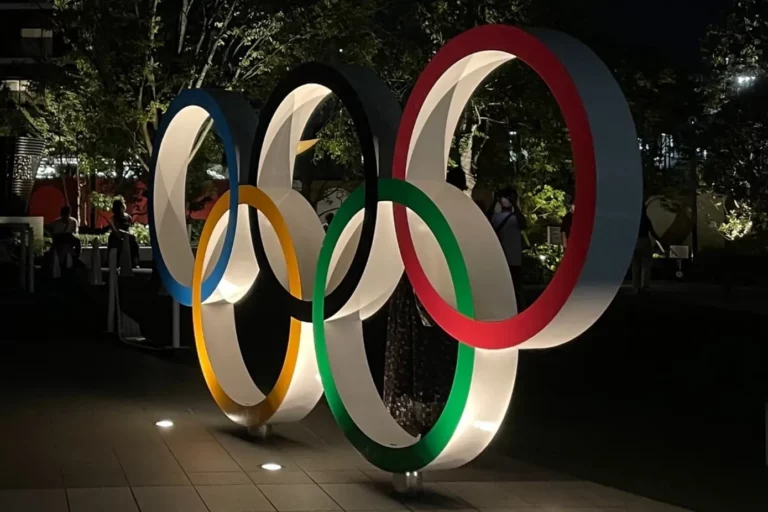Jiu Jitsu vs Karate: Which one is More Effective in Real Life?

Jiu Jitsu vs Karate: Although both are martial arts and combat sports, they are very different from each other. Karate exclusively focuses on stand-up fighting while Jiu Jitsu mainly focuses on ground fighting.
Additionally, Karate is always done wearing a Gi. Jiu Jitsu on the other hand has developed a No-Gi branch over the years. Modern Karate styles evolved in Japan, just like Judo. We already took an in-depth look at Jiu Jitsu vs Judo.
In this article, we will dive into the differences and similarities between the two, real fight applicability, self-defense aspects, ranking systems, competition and culture in both sports, injury risks, and their popularity today.
Differences and Similarities of BJJ and Karate

As stated above, Brazilian Jiu Jitsu originated from Judo but focused on ground fighting rather than throws from a standing position. Its development started when Mitsuyo Maeda, a Black Belt Judoka, came to Brazil and passed on his knowledge to the Gracie brothers.
Karate on the other hand, developed in the Ryukyuan Kingdom which was part of China until 1879. After Japan annexed the Ryukyuan Kingdom, Karate came to mainland Japan where it was popularized by Gichin Funakoshi, the founder of Shotokan Karate, and other karatekas.
Jiu Jitsu vs Wrestling: Differences
Clothing
Karate is always done in a Gi which is usually white. Jiu Jitsu allows many Gi colors and has a No-Gi Jiu Jitsu branch, where rashguards and shorts are worn.
Positions
Karate focuses mainly on stand-up fighting since it is mostly a striking art, while Jiu Jitsu focuses on ground fighting.
Styles
Many different styles of Karate are practiced today. The major four recognized styles are: Gōjū-ryū, Shotokan, Shitō-ryū, and Wadō-ryū. Jiu Jitsu has also had different influences over the years, but the differences are minor compared to the differences in Karate styles.
Karate Practice
Karate practice is divided into different categories:
- Kihon: fundamentals like stances, strikes, punches, kicks, and blocks
- Kata: sequences of movements including offense and defense, which must be performed to acquire a formal rank
- Kumite: sparring in Karate with different levels of intensities and rulesets
BJJ Practice
BJJ can be practiced in a Gi and without a Gi. It is always a full contact sport, and the rulesets only have minor differences. Other than that, submission-only fighting, where there’s no point system at all, gained popularity in the recent years.
Karate Rules
Let’s focus on Olympic style Kumite Karate rules that are set by the WKF (World Karate Federation). They specify semi-contact bouts. Therefore, using full force for any attack will result in warning or disqualification. Points are awarded in three different ways:
- Ippon (3 points): kick to the head/neck or applying technique to a fallen opponent
- Waza-ari (2 points): kick to the belly, side, back or torso
- Yuko (1 point): punch with closed hand (tsuki) or strike (uchi) to head, neck, belly, side, back or torso
Additionally, there are four different warning levels, depending on the severity of rule violation. Reasons for warnings are strikes below the belt, using full force, and taking an opponent down without the attempt to strike him.
A bout lasts for three timed minutes. As soon as one karateka scores eight more points than his opponent, he wins the fight. If time runs out, the karateka with the higher score wins. In case of a tie, the karateka that scores the first unopposed point wins (senshu rule).
Brazilian Jiu Jitsu Rules
At the risk of repeating ourselves, check out our section on BJJ Rules in our Jiu Jitsu vs Judo article.
Techniques and Philosophy
Karate focuses on striking techniques as means for self-defense and to score points in competition. Therefore, controlling the distance as well as using explosive and well-timed movements is essential to utilize Karate successfully.
BJJ focuses on control on the ground and advancing to more dominant positions which will eventually lead to submission holds like chokes, joint locks, and compressions. It tries to enable the smaller and weaker individual to defend themselves against the bigger opponent by using superior angles and using their momentum against them.
Jiu Jitsu vs Wrestling: Similarities
Positions
Karate and Brazilian Jiu Jitsu fights start in a standing position.
Goal
Both were developed as means for self-defense and later developed to become a competitive sport.
Rules
Both sports have a point system under most rulesets. There are restrictions like gripping restrictions and forbidden techniques to certain body parts in both sports.
Techniques
There are basically no similarities in techniques since Jiu Jitsu is a grappling art and Karate is a standup fighting art.
Culture
Both sports require a sufficient amount of respect towards each opponent.
Karate is generally the more formal martial art. For example, bowing after class is mandatory at most Karate schools and Karate still involves more traditional disciplines, like kata.
Jiu Jitsu vs Karate: Quick comparison
The following table provides an overview of Jiu Jitsu and Karate aspects as we determined which martial has an edge over the other concerning different aspects. Both sports have a lot of positive aspects.
BJJ | Karate | |
Self Defense | x | x |
Competition recognition | x | |
Stand-up fighting | x | |
Ground fighting | x | |
Physical training | x | x |
Mental training | x | x |
MMA and real-life usage | x | |
Popularity | x | |
Safety | x | |
Community | x | x |
Cheaper Price | x |
Jiu Jitsu vs Karate: What would happen in a Real Fight or MMA fight?

Let’s use MMA performances to evaluate how BJJ and Karate square up in real fights where almost everything is allowed.
BJJ
There is undeniable proof that BJJ works in MMA and real fights. However, it also has its drawbacks.
Check out the in-depth section on Jiu-Jitsu in MMA in our Jiu-Jitsu vs Wrestling article.
Karate
Karate is a little bit rarer in MMA for several reasons. First, it is usually not practiced as a full contact sport which doesn’t translate well to MMA. Second, the wide Karate stance allows for long range kicks but also makes the front leg vulnerable to leg kicks and takedown attempts. This means a Karate based fighter must keep moving to avoid exactly these pitfalls.
Nevertheless, many aspects of Karate can be incorporated in MMA fighting when making certain adaptions that account for the different rulesets and possibilities. Long range kicks, including all fancy spinning variants of kicks that make fights fun to watch, score points and can be illusive and deadly at the same time. On top of that, most fighters are not used to dealing with a Karate stance and an opponent that is always moving. Couple this with rapid striking and Karate experience can give a fighter an edge over his opponent.
There’s a long list of successful MMA fighters that have roots in Karate. Here are just a few:
- Lyoto Machida: 3rd Dan Black Belt in Shotokan Karate
- Stephen Thompson: 5th Dan Black Belt in Tetsushin-ryū Karate
- George St-Pierre: 3rd Dan Black Belt in Kyokushin Karate
- Frank Mir: Black Belt in Kempo Karate
- Conor McGregor: utilizes a Karate stance most of the time
And the list goes on… Karate can definitely be successful MMA, if incorporated correctly.
Jiu Jitsu seems to be the winner though. It is vastly more popular in MMA and needs less adaption to work in MMA/real fights.
Jiu Jitsu vs Karate: Self Defense

No matter how you twist and turn it, all martial arts have good and bad aspects. However, Jiu Jitsu is our winner when it comes to one-on-one self-defense situations, and Karate might win in more dynamic fight situations. Here’s why.
First of all, Jiu Jitsu doesn’t involve any striking techniques or striking defense. Any grappler must avoid getting hit and aim to get a controlling hold of the opponent as soon as possible. Karate on the other hand focuses on striking and kicking techniques. Although some styles also incorporate throws, Karate techniques usually require the practitioner to maintain a certain distance to the opponent. The two approaches are very different.
BJJ
The overwhelming success BJJ has had in MMA fights throughout the recent years is a testament to how well rounded it is.
At the risk of repeating ourselves, check out our article on Jiu Jitsu vs Wrestling, which includes an in-depth section on how BJJ performs in a real fight.
Karate
Statistically seen, most fights start standing but go to the ground fairly quick in a one-on-one confrontation. In this case a karateka wouldn’t be able to utilize many of his techniques. He would have to avoid the opponent getting a controlling grip of him at all costs, making Karate ineffective in many self-defense situations.
In a dynamic fighting scenario on the other hand, where several aggressors might become involved in the fight, Karate techniques might be the better choice. It provides techniques to knock out or disable an opponent from a distance while preserving the ability to disengage at all times. This makes Karate superior to BJJ in many real-life fighting situations involving several aggressors.
Ranking Systems in BJJ and Karate

BJJ
The image below shows the IBJJF’s (International Brazilian Jiu-Jitsu Federation) Graduation System, which includes all of Jiu Jitsu’s belt ranks: white, blue, purple, brown, and black, as well as the Coral Belt and Red Belt.
The overview shows the belt progression, promotion times, and minimum ages for each belt.

Karate
The Karate belt ranking system varies between the different styles of Karate. They all have the same general outline as they all start out with Kyu Ranks and progress to the Dan Ranks. Let’s focus on Shotokan’s ranking system since it is the most popular Karate style today. In general, the ranking system roughly looks like the following image suggests. The system distinguishes between Kyu Grades and Dan Grades, starting at black belt. Stripes are only used on the blue and brown belt. A black belt is usually achieved after about 5 years by consistent practitioners.

Jiu Jitsu vs Karate: Competition

BJJ
Because many popular promotions are part of the BJJ competitive scene, competitions are held under varying rulesets.
Find out why BJJ is not and Olympic sport and what the biggest Jiu Jitsu competitions today are in our in-depth article.
Karate
Karate is a newcomer to the Olympic stage as it debuted as an Olympic Sport in 2020 at the Olympic Games in Tokyo. Karatekas all around the world strive to make it to the Olympics, represent their nation and prove themselves on the biggest competitive stage. Two competition modes are available at the Olympic Games: Kumite, which is Karate’s semi-contact sparring and Kata, which is Karate’s formal demonstration of techniques as a sequence of movements.
History & Culture

Although Jiu Jitsu originated in Judo and was originally developed for self-defense purposes, it was quickly adapted to become an offensive martial art.
Karate’s usage was limited to self-defense and formal fighting when it came to mainland Japan in the early 20th century. But it has also, although more sporadically, found its way to modern fighting formats. Shotokan Karate, popularized by Gichin Funakoshi, is the most popular style today and considered semi contact. Kyokushin Karate, founded by Masutatsu Oyama in 1957, is a fusion of Shototkan and Gōjū-ryū and a form of Karate that focuses on full contact sparring and athleticism. Nevertheless, both arts still have self-defense aspects today.
Karate is the more formal martial art today. It requires a practitioner to always wear the formal outfit, the Gi, and formal procedures like lining up by rank and bowing to show respect are mandatory. These formalities are become less popular in Jiu Jitsu schools today.
Popularity

Karate was significantly more popular than Jiu Jitsu in the last decades. It became popular through the many martial arts movies in the 1960’s and 1970’s and later through Hollywood stars like Jean-Claude Van Damme or Wesley Snipes, who both practice Shotokan Karate.
On top of that, it made its debut at the 2020 Summer Olympic Games in Tokyo. Jiu Jitsu is still growing in popularity and has not reached its peak yet.
In the image below you can see Google Trends for the two sports. Jiu Jitsu is constantly growing in popularity worldwide while Karate’s popularity seems to decline. Therefore, the sports approach each other in worldwide popularity.
In Brazil, the home of Brazilian Jiu Jitsu, BJJ is more popular than Karate today. But even in Brazil this hasn’t always been the case. The trends for Japan show that Karate has always been more popular than Jiu Jitsu, which is to be expected in Karate’s home country.
Lastly, the popularity trends in the USA mostly reflect the popularities worldwide, where both sports approach each other in popularity.

Injuries in BJJ and Karate

Jiu Jitsu is a full-contact combat sport, while Karate has different modes of fighting and displaying the art. To compare the injury rates in the two sports we will consider Olympic-style Karate kumite competition.
The inherent risk of injury in fighting sports cannot be completely eliminated. Let’s check out injury statistics for BJJ and Karate:
BJJ
At the risk of repeating ourselves, we refer to our extensive article on How common are Injuries in BJJ? in which we conducted our own study based on Reddit data. On top of that, we analyzed most academic studies on BJJ injuries available.
Karate
For Karate, we reviewed a study from 2020, which focused on Olympic-style Karate kumite competition matches. It found an injury incidence rate per 1000 athlete-exposures of 88.3 and per 1000 minutes exposure of 39.2. This means, Karate athletes on average sustain 1 injury every 11 matches or 1 injury per 25 minutes of competition. Most of the injuries were minor injuries.
The head and neck were most commonly injured with contusions and lacerations as the prevalent types of injuries.
Summary
The injury rates found in Karate competition is much higher than the injury rate found in competitive Jiu Jitsu fights. This is expected for a sport involving striking, kicking and more rapid movement in general, although it is just a semi-contact sport.
Cauliflower Ear in BJJ and Karate
Cauliflower ear is common in Brazilian Jiu Jitsu as well as Judo. Check our Jiu Jitsu vs Wrestling article where we talked about causes treatment and prevention of cauliflower ear.
Conclusion: Jiu Jitsu vs Karate
BJJ and Karate focus on different aspects of fighting. Therefore, Jiu Jitsu and Karate provide a good foundation for MMA fighting and self-defense and both arts include techniques that might have downside in self-defense situations and MMA fighting, like “pulling guard” or having a wide, sideways stance.
If you want to become a top-level MMA competitor, make sure incorporate aspects of many different martial arts into your fighting game.
If you are curious how Jiu Jitsu compares to other martial arts, check out or articles on:






